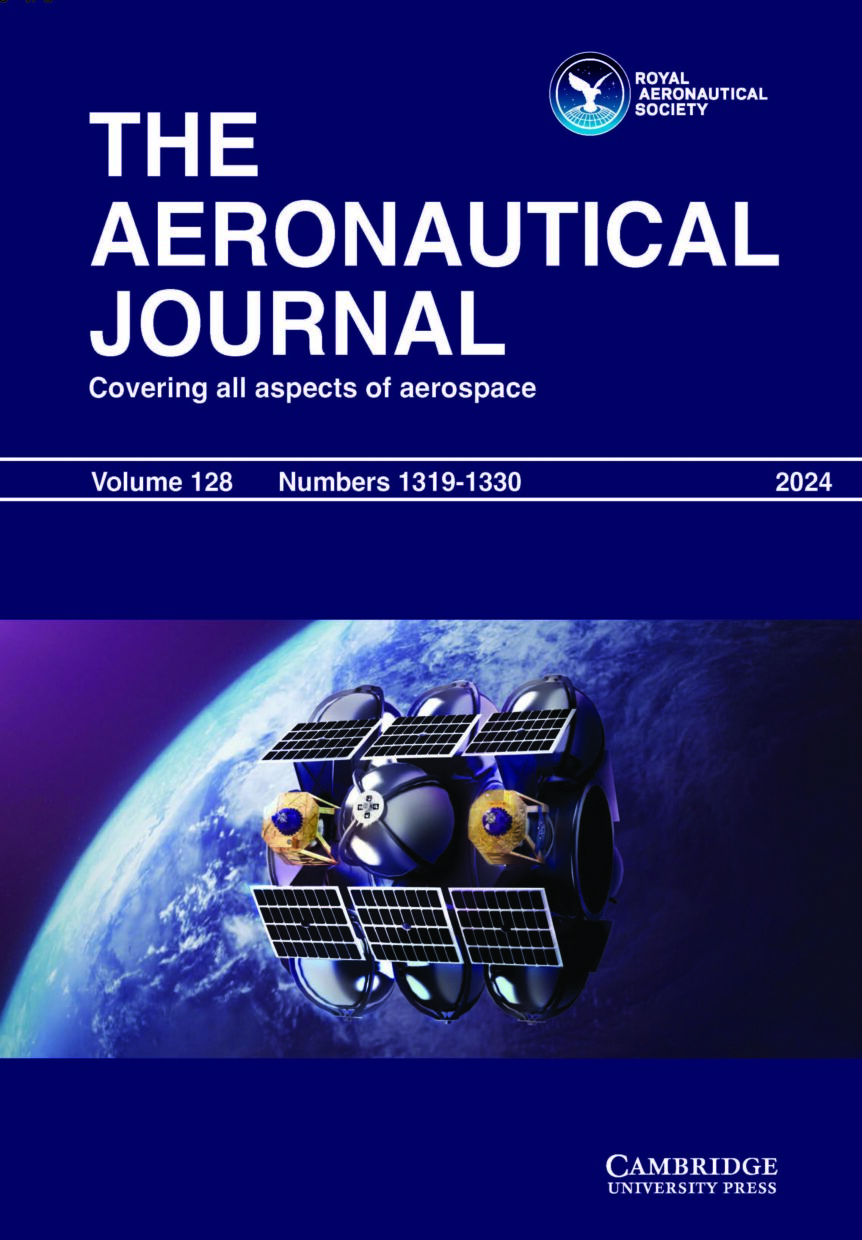Off-Board Aerodynamic Measurements of Small-UAVs in Glide Flight Using Motion Tracking
The Aeronautical Journal April 2025 Vol 129 No 1334
Understanding the aerodynamic behavior of small unmanned aerial vehicles (sUAVs) is a challenge that continues to captivate researchers and engineers. Unlike their full-scale counterparts, sUAVs operate at low Reynolds numbers where conventional aerodynamic theories often fall short. This discrepancy, driven by scaling effects and complex airflow interactions, hinders efforts to optimize sUAV performance, stability, and control.
The quest to bridge this knowledge gap has led to innovative techniques for data collection and analysis. While traditional wind tunnel testing remains a cornerstone of aerodynamic research, it is often impractical and costly for sUAVs due to their small size and weight. Additionally, creating accurate atmospheric conditions to simulate real-flight scenarios presents another challenge.
Recent advancements in motion capture technology are reshaping the landscape of sUAV research. By attaching reflective markers to sUAVs and tracking them with high-frequency cameras, precise flight data in real-time is gathered without the complexities of onboard instrumentation. This approach offers a cost-effective and versatile alternative for measuring aerodynamic forces and moments, enabling high-resolution data collection across diverse flight conditions.
In this paper, “Off-Board Aerodynamic Measurements of Small-UAVs in Glide Flight Using Motion Tracking,” the effectiveness of using motion capture technology for aerodynamic testing of sUAVs is explored. The study validates the capability of the motion capture system to measure sUAV aerodynamics and stability and quantifies the uncertainties associated with the measurements. Flight trajectories were captured for six different sUAVs with varying wing geometries and the attendant aerodynamics were extracted and analyzed. The measured aerodynamic parameters agreed well with similar data from the literature. Comparison of the flight data against predictions from theoretical models showed the latter over-predicting the aerodynamic behavior, primarily due to low Reynolds number effects. Future research that
explores a broader range of geometries, such as varying wing shapes, aspect ratios, and control surface configurations, along with different flight modes such as, control surface doublets and controlled spin, promises to significantly deepen our understanding of sUAV aerodynamics with minimal on-board instrumentation.
The paper Off-board aerodynamic measurements of small-UAVs in glide flight using motion tracking by M.E.M. Ouhabi and S. Narsipur appears in Volume 129 Issue 1334 of The Aeronautical Journal and is available open access.

The Aeronautical Journal has, for over a century, been the UK’s leading scientific and technical aeronautics Journal and is the world’s oldest Aerospace Journal that remains in production. Published monthly, The Aeronautical Journal draws upon the expertise and resources of The Royal Aeronautical Society providing a world-wide forum for authors from the UK and overseas. Research papers are solicited on all aspects of research, design and development, construction and operation of aircraft and space vehicles. Papers are also welcomed which review, comprehensively, the results of recent research developments in any of the above topics.
The Royal Aeronautical Society is the world’s only professional body dedicated to the entire aerospace community. Established in 1866 to further the art, science and engineering of aeronautics, the Society has been at the forefront of developments ever since.
www.aerosociety.com | National Aerospace Library catalogue & e-books
Book reviews covering academic, scientific and technical books covering aeronautical engineering and topics relating to it can be found here: www.aerosociety.com/news-expertise/national-aerospace-library/book-reviews




